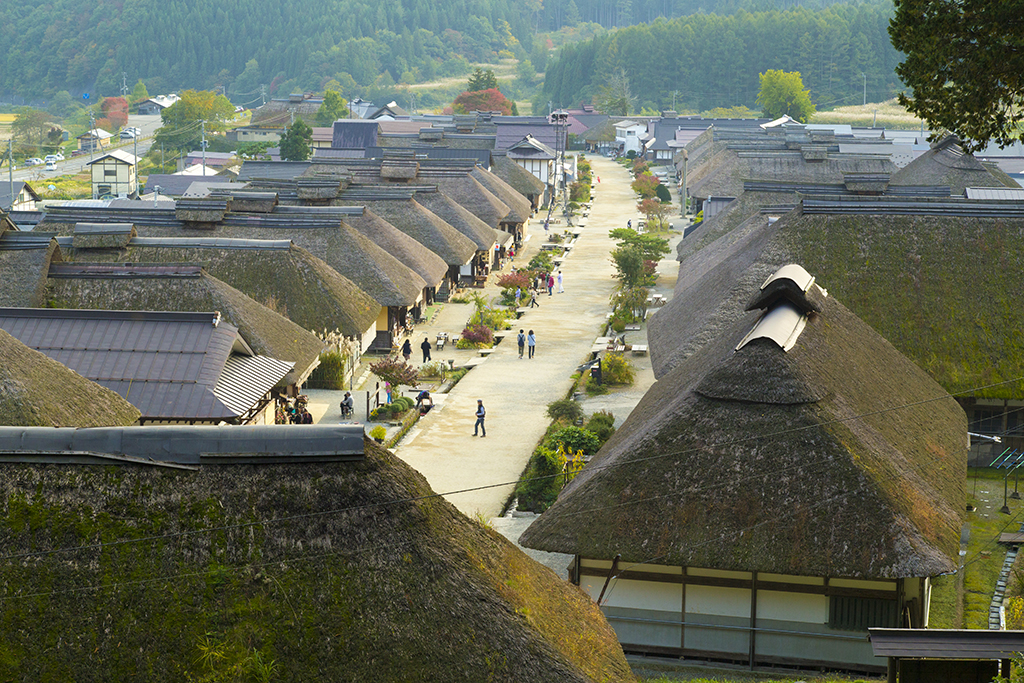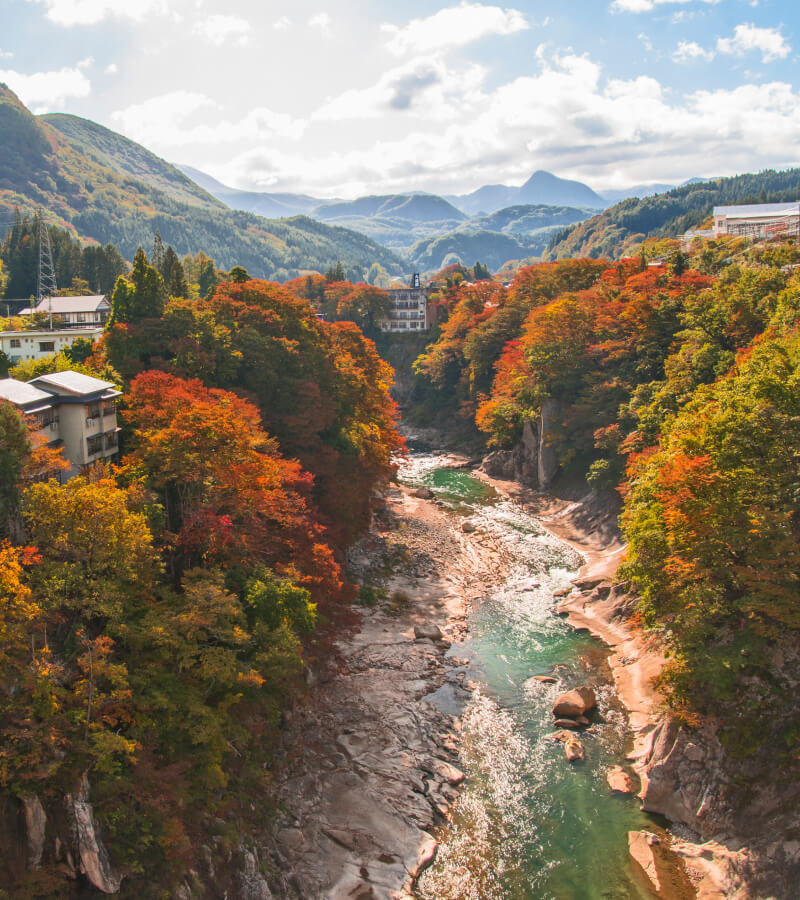Diamond Route Japan
- 10 destinations
- Multi-day
The Diamond Route is a sightseeing route that connects Tokyo with the three prefectures of Ibaraki, Fukushima and Tochigi. Once joined together on a map, they form the shape of a diamond, which led to this route name. Experience authentic Japanese history, culture, nature and regional cuisine along the Diamond Route.
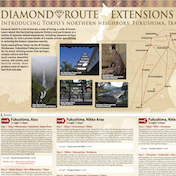
Diamond Route Extensions: The Samurai Spirit
(1.5 MB, PDF)Suggested Provider
JTB USA
- 19700 Mariner Ave., Torrance, CA 90503, USA
- 1-888-364-7118
- luxuryescapes@jtbusa.com
Tokyo Station
Depart for Mito by Limited Express train (about 90 min).
View DirectionsDay 1: Ibaraki
- Mito
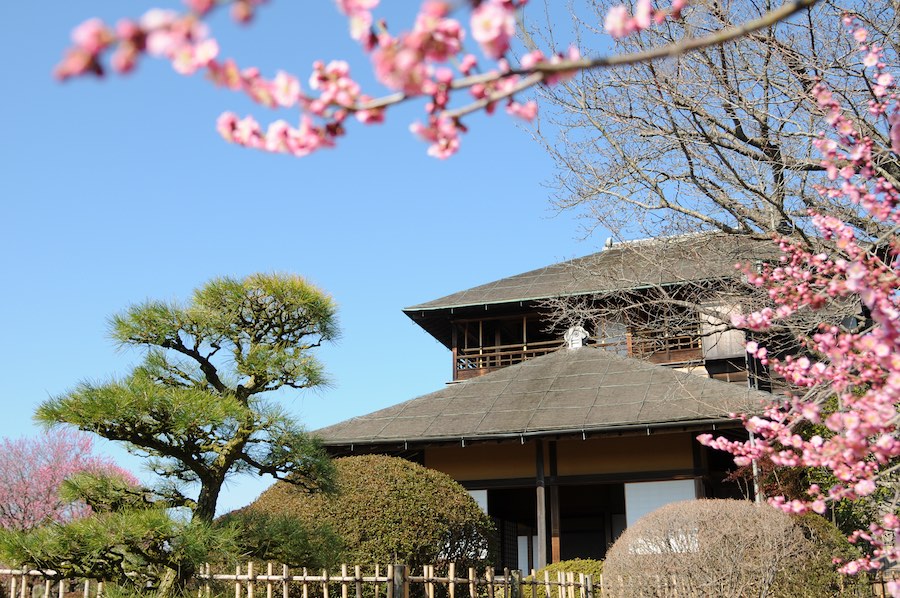
Meet your English-speaking guide at your hotel and depart for Mito by Limited Express train (about 90 min). Mito was the power base of the Mito clan during the Edo Period (1603-1867), one of the three families of the Tokugawa regime that dominated Japan during that time. Visit Kairaku-en Garden, Mito's main tourist attraction (considered one of Japan's top three landscape gardens). Next, transfer to Utsunomiya Station by private car (1h 13 min). Then, take the bullet train to Koriyama (39 min) and transfer to your hotel. Rest of the day free at your leisure.
Kairaku-en to Utsunomiya by car (1h 13 min). Shinkansen to Koriyama (39 min)
View DirectionsOvernight: Koriyama City
Day 2: Fukushima
- Urabandai, Aizu-Wakamatsu
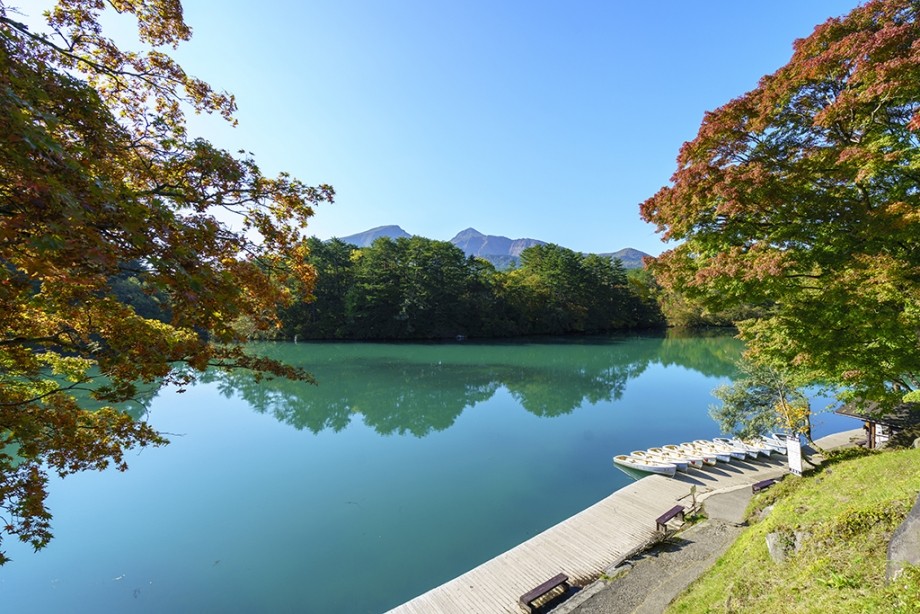
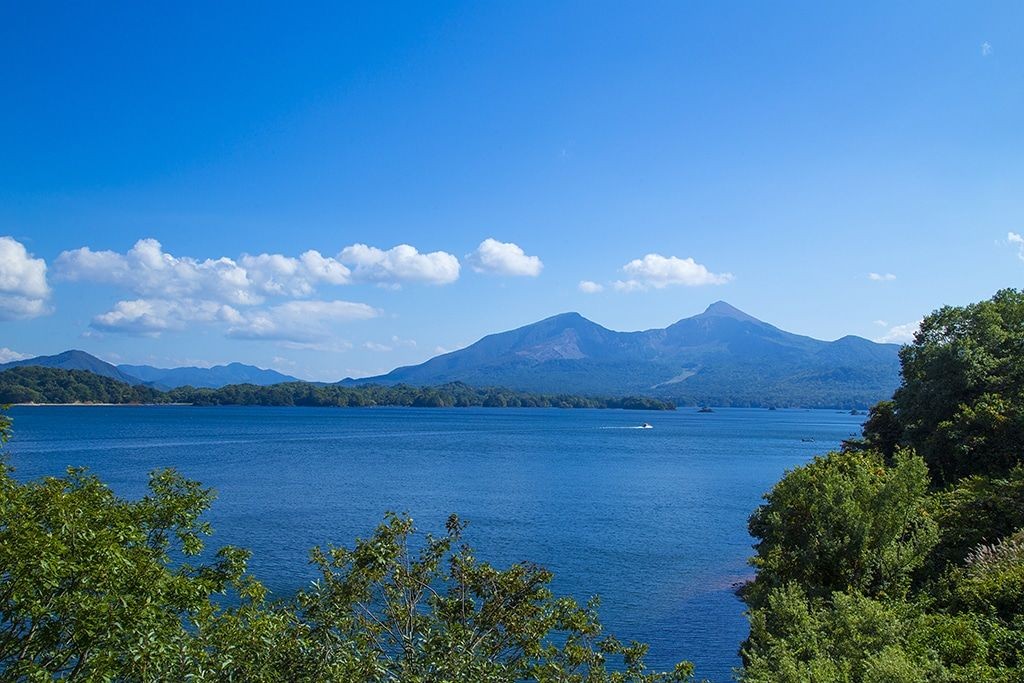
After breakfast, set on a full day of touring by private car. Your first stop is Urabandai, also known as Bandai Asahi National Park. Following a massive eruption of Mt.Bandai in 1888, the ensuing massive landslides blocked rivers and created a number of lakes and marshes. Enjoy a short hike (approx.1h) to the mysterious Goshikinuma Ponds. The combination of the weather, seasons, and volcanic substances in the water give mysterious hues such as emerald green and pastel blue. Then, visit Lake Hibara, the largest lake in the Urabandai region and enjoy the beautiful panoramic views of Mt. Bandai.
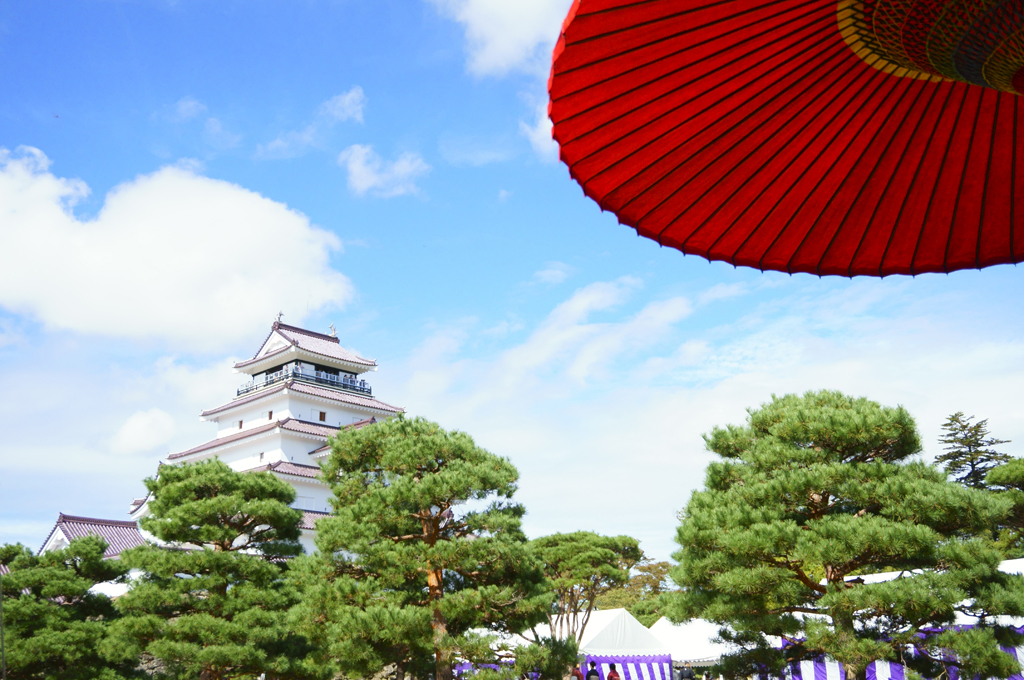
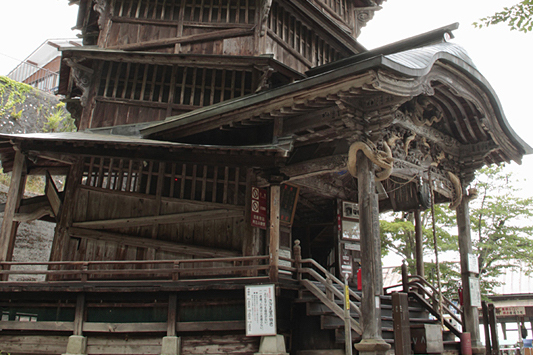
Next, travel to Aizu-Wakamatsu (47 min). Visit Tsuruga-jo Castle, Japan's only red-white castle that has been important to local history (including the tragic tale of the Byakkotai). Then, stop by Iimoriyama, the site of suicide by a group of young soldiers and see Sazae-do temple that was built in the form of a double helix slope, and, has a completely different route up and down.
About: Goshikinuma Ponds | Lake Hibara | Tsurugajo Castle | Sazaedo at Iimoriyama
Overnight: Higashiyama Onsen
Day 3: Fukushima & Tochigi
- Shimogo, Nikko
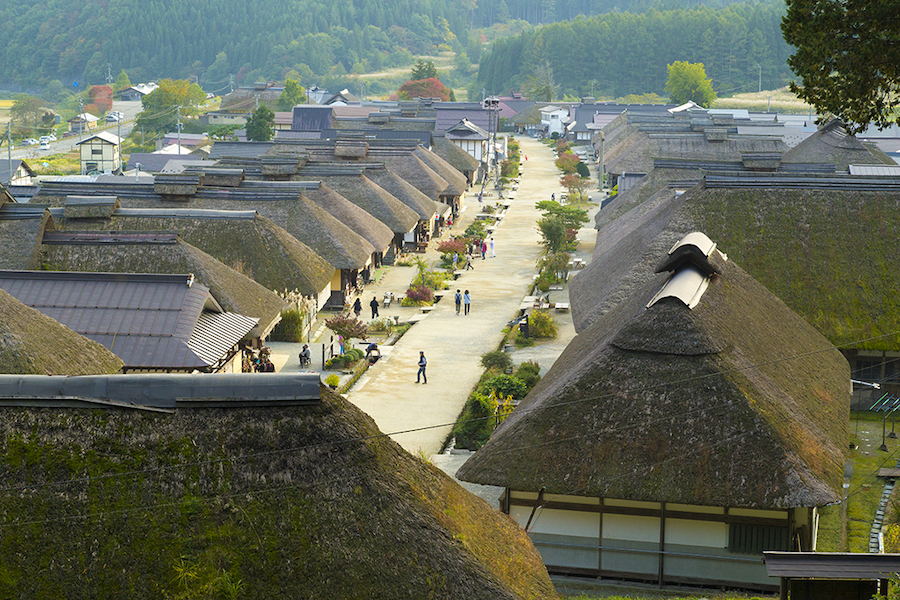

After checking out of the hotel, depart for Ouchijuku by private car(approx.40m). This was a former post town along the Aizu-Nishi Kaido trade route, which connected Aizu with Nikko during the Edo Period. Today, Ouchi-juku has been restored and the main street is lined by thick thatched roof buildings which house a variety of shops, restaurants and small inns.

After lunch, a private car will take you on a scenic drive to Nikko (approx. 1h 55min). Visit Toshogu Shrine built in 1617 as a mausoleum of Tokugawa Ieyasu, the founder and the first Shogun of the Tokugawa Shogunate. This World Heritage shrine in Nikko's most majestic attraction.
About: Ouchi-juku
Overnight: Kinugawa Onsen
Day 4: Tochigi
- Nikko
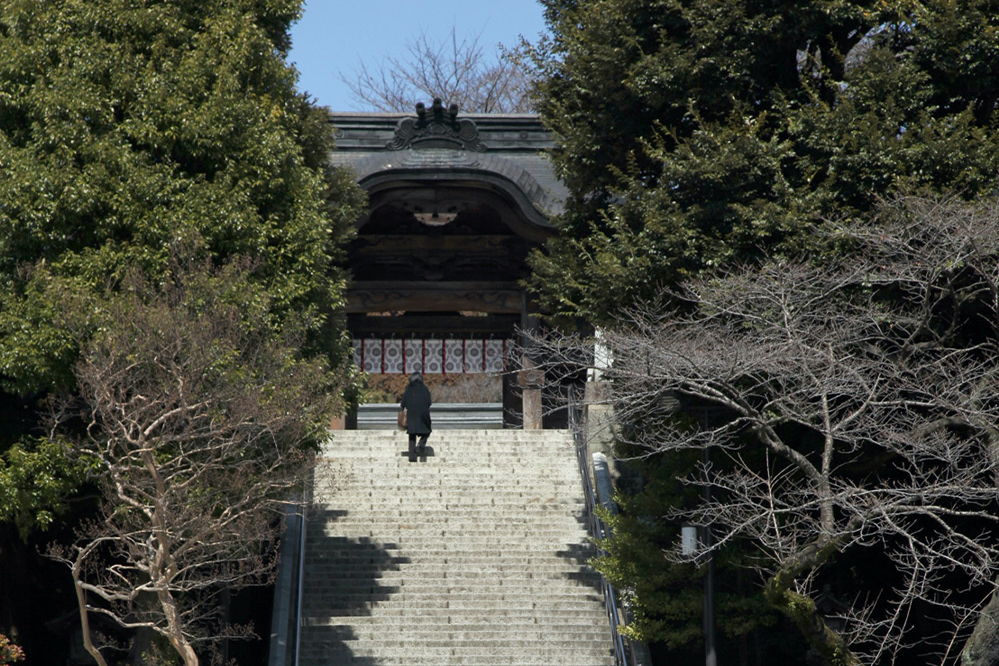
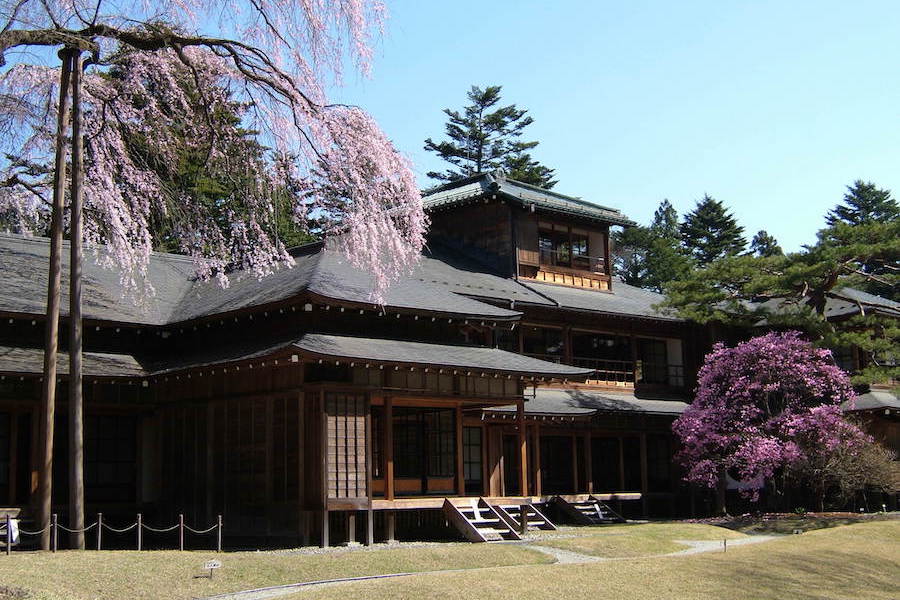
This morning, set off on a full-day tour of Nikko by private car. Your first stop is Futarasan-jinja Shrine, a Unesco World Heritage Site. The name of Nikko is derived from Futarasan, where the god of marriage dwells in the hallowed ground. Next, visit Tamozawa Imperial Villa, former Nikko residence of the Imperial Family. The Villa was erected in Nikko in 1899, using parts of a residence that originally stood in Tokyo.
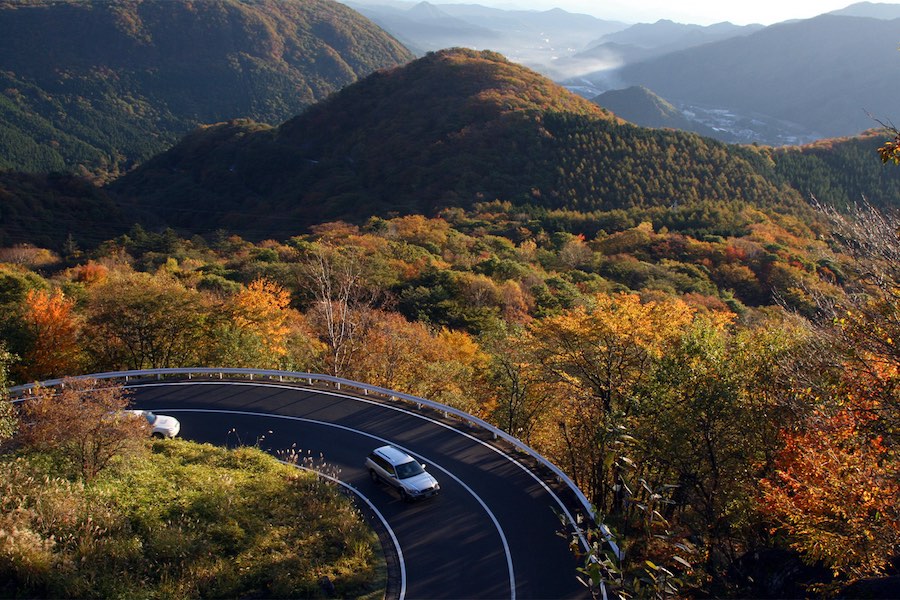

After lunch, you will take the famous Irohazaka winding road to Kegon Waterfall, located at Lake Chuzenji in Nikko National Park. The almost 100 meter tall Kegon Waterfall is the most famous of Nikko's many beautiful waterfalls. At the conclusion of your tour, you will be transferred to Utsunomiya where you will board your Shinkansen train to Tokyo.
Utsunomiya to Tokyo (50min, Shinkansen)
View Directions